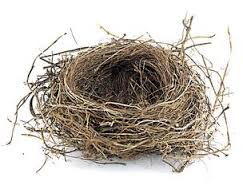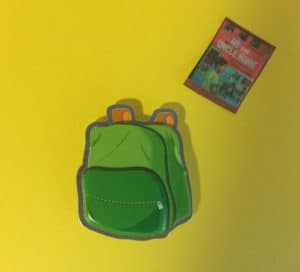Women of Beverly
Today I spent time looking at the Women of Beverly. I’ll bet the first thing this brings to mind is those “real housewives” of Beverly Hills, California. But no, I haven’t been binge watching the popular TV show about the ups and downs of the rich and (now) famous. The Women of Beverly I encountered are psychologists and police officers, nurses and yoga instructors. What do they have in common? They are the backbone of their community.
The Backbone of Community
Beverly is one of those neighborhoods that values community. On a warm September day, you will see moms on the block keeping tabs on kids playing on the front sidewalk – not just their own kids but the neighbors kids, too. While they’re at it, they may borrow a cup of sugar or share the latest news with the older couple next door.
Beverly has an arts center where families gather. Kids take painting classes and perform in theater camps. Adults attend films and dance performances. Today there was a photography show.
Raising Them Up
The idea started with Diego Martirena, a ten-year resident of Beverly, a photographer and the father of three girls. Martirena is a community enthusiast. And, yet, he realized, he knew very little about the people who made Beverly such a vital place to raise his daughters. He decided to find out.
He spread the word, calling for nominations from the community itself. The result is a show of 42 photographs which together give a window into what — or rather, who — makes the community so vibrant. As Martirena says, “There are a lot of women in this neighborhood doing great things. I don’t know if a lot of people know about it… I started to realize, these women could have an influence on the younger generation.”
Household Names
Yes, indeed. I’m sure many of us, including our kids, can tell you who the Housewives of Beverly Hills are. Even more can tell you about Brad and Angelina or Beyonce. This is all fine and good.
But what about the neighbor who organizes a walk for breast cancer or works for a non-profit to provide clothing for families in need or raises money for the local soccer team. Or any of the many other works that make our communities good places to live. What if we talk about these folks, make them household names alongside the celebs. Appreciate the vibrant people in our own backyard. Now that is truly something to talk about.
Share about the people who form the backbone of your community!









